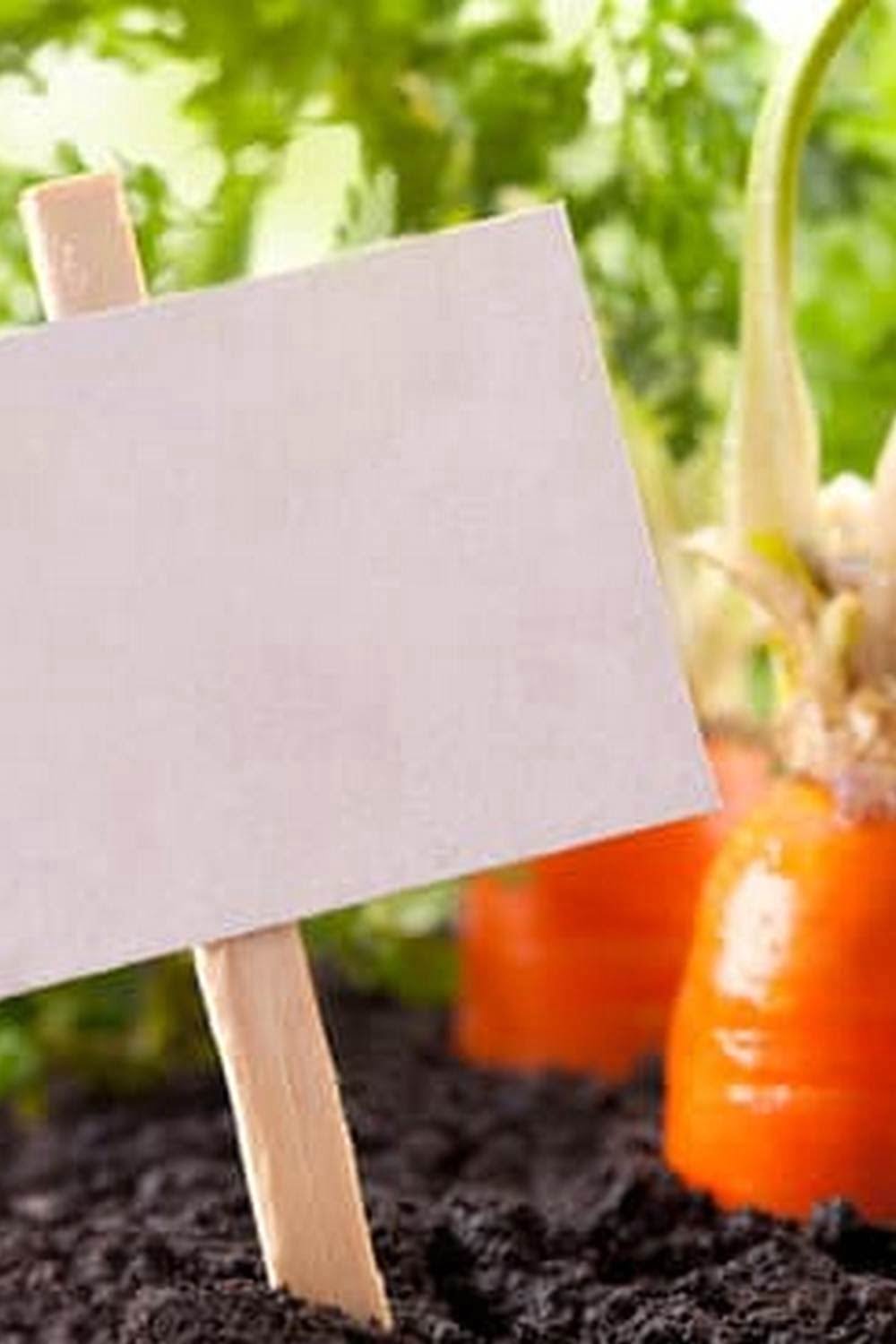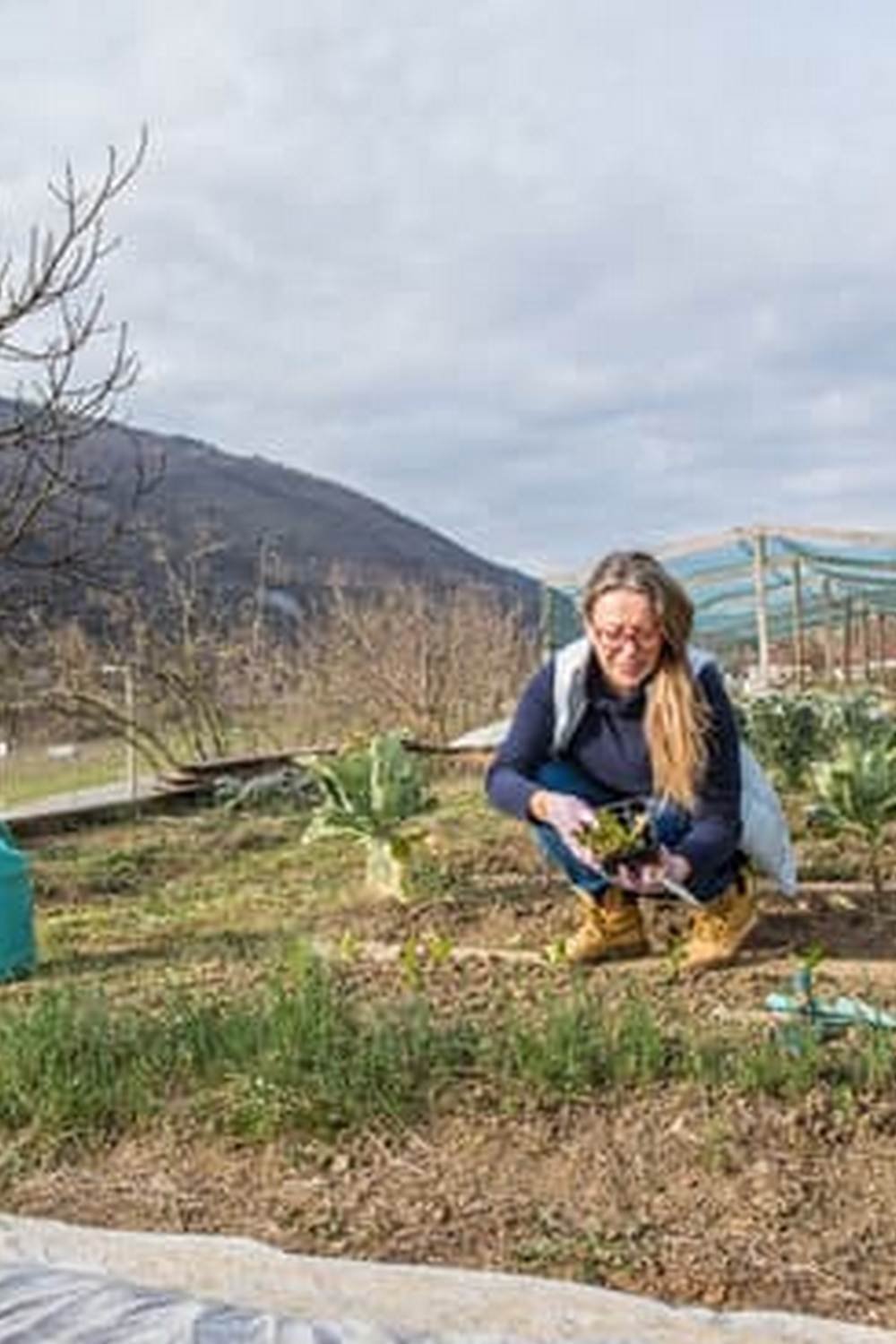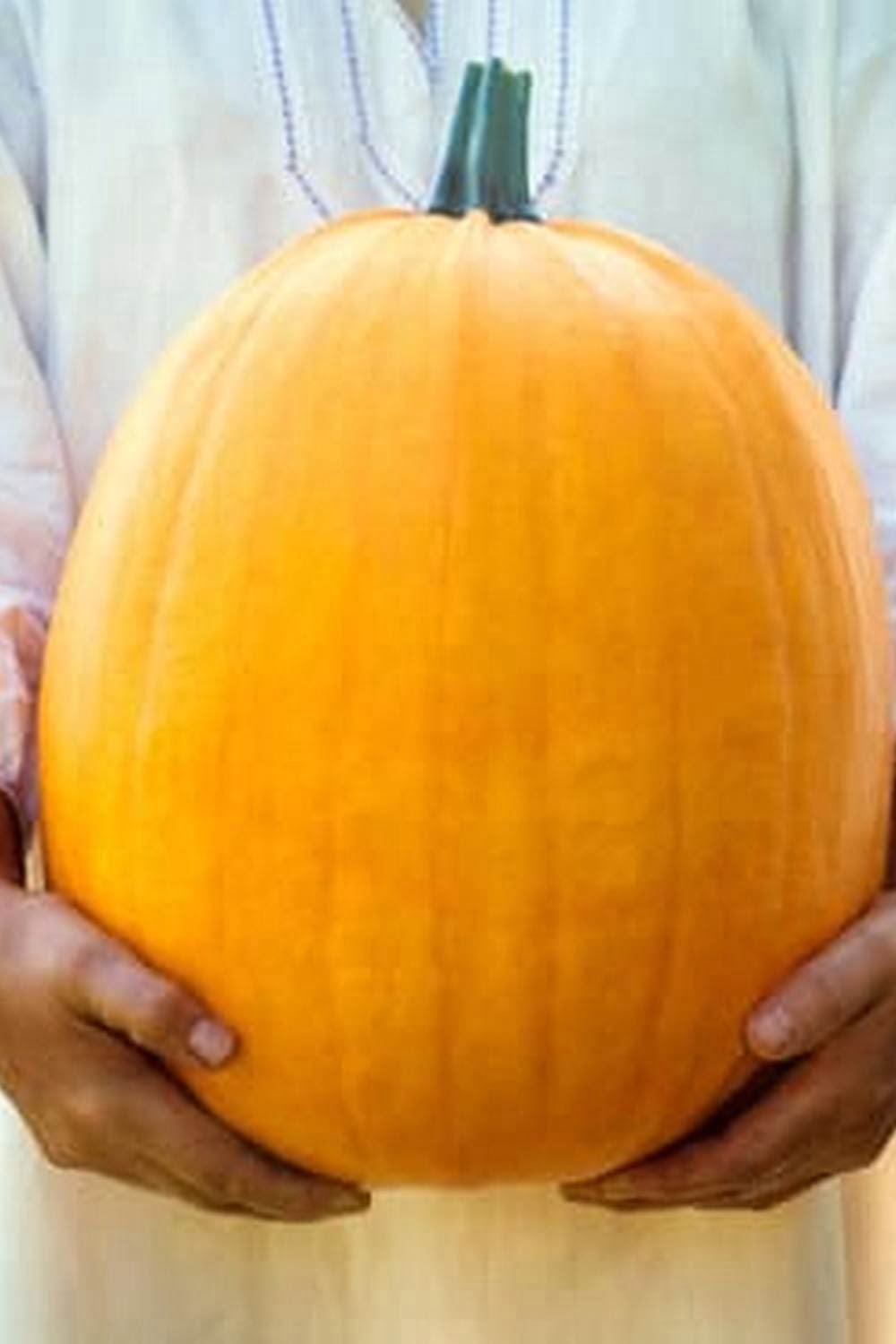Introduction
Building your own wood planters can be an incredibly rewarding experience while adding an eye-catching touch to your outdoor vegetable garden. Wood planters can add a unique style and design to any outdoor space, while providing the ideal environment for successful vegetable growth. With a few basic supplies and knowledge of carpentry, you’ll have a functional and beautiful wooden planter in no time.
Materials – What You’ll Need for Building Your Planters
To get started with building wooden planters for your outdoor vegetable garden, you will need several materials including sealed wood, screws, sealant and drill bits. Choose wood that won’t warp easily in wet temperatures such as cedar or redwood. Additionally, it is important to purchase waterproof screws and sealants to further protect your wood from rainwater damage. Having enough drill bits of various sizes on hand is also recommended for efficiently drilling holes for ventilation and drainage.
Preparation – Ensuring Wood is Ready For Construction
Once all of the necessary materials are purchased it’s important to properly prepare the chosen wood type before assembly begins. Sand down any sharp edges or uneven surfaces using fine grain sandpaper or an electric sander. Doing so will allow a smooth construction process without any unnecessary interference from splinters or uneven surfaces. Additionally, apply a few coats of sealant onto all surfaces prior to assembly, as this will provide adequate protection against extreme weather elements when the planters are placed outdoors in the garden.
Assembly – How To Assemble Your Planters
With all of the necessary preparations complete, it’s time to begin assembly! Begin by cutting each piece of wood according to desired dimensions for length and width depending on how large/small you would like your finished product to be. Then use scrap pieces from the cutouts made during step one and join them into two equal sets which form four walls with two sides open allowing accessibility inside each planter box – no matter what shape box you go for (rectangular or square). Connect these pieces together with waterproof screws making sure that each joint is firmly held together on each side before moving onto step three: drilling drainage holes at periodic intervals on both “open sides” of each assembled wood box allowing water to drain out of them appropriately when necessary during particular weather conditions. Once these components are completed apply additional sealant around drilled holes just as an extra layer of protection preventing water leakage or seepage if possible into places that are not meant to be moistened! Finally, place wooden planters securely into location within designated area outdoors amongst other potted plants or vegetables you may have pre-existing alongside them – now they are ready for planting!
Selecting the Right Wood for Outdoor Planters
When selecting wood for outdoor planters, you should choose wood that can withstand constant exposure to the elements like rain, sun, and snow. Cedar and redwood are both popular choices as they naturally resist rot, insects and splintering. Pine is also a great option, though it tends to need more maintenance as it does not resist decay quite as well as the other two woods. Make sure to use pressure-treated wood for a longer lasting planter that will require less maintenance over time. You may also want to consider using an exterior finish like polyurethane or varnish to help protect your wooden planters from the elements.
Designing Your Planters
When designing your planters, think about what type of vegetables you want to grow in them and how much soil they will need to properly sustain them. Determine the dimensions that best fit the space you have available in your outdoor vegetable garden; then cut your wood accordingly using power tools like saws and drills if necessary. It’s important that all the cuts be straight and even with no jagged edges.
Constructing Your Planters
Once all materials are cut and ready, begin adhering pieces together using either black adhesive glue or stainless steel nails/screws depending on your desired design aesthetic. When attaching multiple pieces together make sure all sides line up evenly for stability when filled with soil, and also drill drainage holes into one side of each container. Finally use sandpaper or a power sander to smooth out any rough surfaces caused by saws or drills before assembling the planter containers . Onceall steps have been followed carefully , enjoy watching as your plants bloom effortlessly in their new home!
Tools and Materials Needed for Building Vegetable Planters
Making your own wooden planters for growing vegetables is an easy and inexpensive way to create a beautiful outdoor space for your garden. You will need several tools and materials, such as wood, screws, nails, drill bit, saws, measuring tape, markers and pencils. To begin building the planters you should start by deciding on the size and shape of the box. If possible use cedar wood because it is naturally resistant to rot and pests. When picking out the wood make sure there are no large knots that could weaken the boards when placed outside in wet weather. Use screws or nails to assemble the boards together into a simple frame with walls at least 10 cm tall. Measure carefully before drilling in holes to ensure they are even in size throughout all four sides of the frame. Mark each hole along with where the hinges or handles will go prior to sawing or drilling. Once all of these steps have been completed you are ready to paint or stain the planter box as desired. With some basic equipment and a little effort you can easily build a unique vegetable planter that will both look great and be functional in your yard!
How to Build the Planters
Step 1: Measure and cut your wood pieces. You will need to measure the area where you are planning to put the planter and then cut your wood pieces according to those measurements. Make sure that you use a carpenter’s square or a measuring tape to mark the board precisely and accurately.
Step 2: Attach the four sides of the planter box together. Use nails and screws depending on how big your planter is going to be. Make sure that each joint is well secured for maximum stability. If you can, use waterproof glue or epoxy so that moisture doesn’t get inside the box during watering.
Step 3: Install a drainage system at the bottom of the box if needed. This will help direct water downwards away from your vegetable plants while they are growing in the boxes outside. A simple hole can be drilled or pre-cut into each corner of the planter if desired, with enough length between them to ensure even drainage of water as it enters.
Step 4: Fill in your herb garden boxes with soil, compost, manure, and any other material you think necessary for adequate aeration and nutrient bombardment for healthy plant growth. Put some good quality topsoil at the bottom of the box so it will retain moisture better than natural soils acquired from other sources such as lawns etc..
Step 5: Plant your vegetables in this new wooden planter containers! Ensure that seedlings are placed evenly around all four corners of each container for an even look when planting crops outside – this also ensures best exposure to sunlight for maximum crop production over time! Finally make sure that soil is lightly compacted down after planting (carefully) so plants can take root securely – laying down some mulch around plants can help in retaining moisture within soil too!
Preparing Your Planters for Planting
Before planting your outdoor vegetable garden in wood planters, they need to be properly prepared to ensure that the soil and plants inside remain healthy. First, the planter must be properly sealed to keep water from escaping or insects from entering. To seal the planters, you can use a primer or sealer which should be applied to both the interior and exterior surface of each wood planter. The sealer will help protect against rot and decay, preventing any damage that may occur due to changing weather conditions. Next, check for any cracks or holes in the planters so you can fill them with putty before applying a more durable sealant. Finally, add two inches of gravel on bottom of each container before filling it with potting soil so that excess water can easily drain out of the containers and not cause root rot. Once your containers are adequately prepped for planting and you have added enough soil, it is time to begin planting your vegetables!
Planting the Vegetables of Your Choice
Once you have made your wooden planters for an outdoor vegetable garden, it is time to start planting the vegetables of your choice. You will need to consider the amount of sunlight or shade each vegetable needs in order to thrive and choose varieties that fit best into each location. It is also a good idea to research the best soil type or soils you need for the particular vegetable variety you want to grow. Finally, if you want your garden to be organic, make sure to use only organic fertilizers and pest control products.
When picking out seeds or seedlings for your planters, be sure to purchase varieties that are suitable for your climate and growing season as well as being suited to being grown in containers. For example, some options may not be able to support vining crops while others may need deep soils and tall spacings. Additionally, you should choose varieties with disease resistance that are adapted to deal with drought, extreme temperatures, heavy winds, low fertility soils and other factors associated with container gardening.
Ahead of planting out your plants into their planter homes on permanent display systems such as shelves or rails can make it easier access them during maintenance and caring activities such as watering or re-potting as needed. Paying attention to details such as properly draining away any excess water can help ensure that the roots remain healthy and prevent water logging which can lead to root rotting. Finally, don’t forget about protecting against animal pests such as birds and rodents who may want a snack! To this end netting or even bird baths may be required in certain cases when dealing with avian critters
Maintaining Outdoor Vegetable Planters
Making wood planters for an outdoor vegetable garden is a great way to create a beautiful and practical feature for your outdoor space. The key is to choose the right type of wood, size, and shape of planter so you can enjoy homegrown vegetables or flowers in your home’s unique environment. To ensure that your wooden planters will last, there are several steps you should take to maintain them.
First, it’s essential to use the right kind of wood when constructing the planter. Cedar, redwood and teak are good choices as they have natural resistance to rot and insects that might damage the box faster than other woods. You can also opt for rubber- or plastic-coated treated lumber if you prefer a more modern look for the planter.
Next, make sure that there are drainage holes in each corner of the box so excess water can escape easily. If using recycled wood from an old dresser or table, make sure any paint or varnish has been removed prior to planting so the surrounding soil won’t be contaminated by chemical runoff from old sealants. Additionally, it’s important to set up a liner within your new planter before adding dirt and seeds. This will help keep your soil from leaching out into the surrounding ground and eventually compacting over time. To protect from direct sunlight and pests like mice which may feast on unprotected plants; cover with birdnetting or other mesh grid material when not actively tending the garden bed during warmer months. Finally, check soil moisture regularly with a moisture meter to ensure adequate hydration of plants; plumbed water systems or simple hand hoses work well depending on terrain layout and landscaping features around the vegetable beds!
Affordability and Durability of Wood Planters
Wood planters provide a great eco-friendly and cost-effective alternative to traditional plastic or ceramic containers. Not only are wood planters an attractive feature for outdoor vegetable gardens, but they are also incredibly durable. Unlike plastic containers, wooden planters are designed to last several years in harsh outdoor conditions while still maintaining their warmth and color. Not only do wooden planters hold up well against the elements, they help resist pests as well. The natural properties of wood will also allow water to seep away from soil and help plant roots breathe easily when using proper drainage holes.
In addition to durability, wooden containers can be quite affordable when compared to other similar materials on the market. Many recycle yards have a variety of both new and used wooden planters available at relatively low costs compared to purchasing them from a store. Even the most experienced DIYers can build their own simple yet effective wooden planter with some basic tools and supplies from any hardware store. There are also plenty of online tutorials for those interested in building their own, more intricate design as well. An added bonus is that you can usually customize your wood planter based on whatever size and shape needed in your garden space; making it perfect for just about any project you might want undertake.
Troubleshooting Problems with Outdoor Vegetable Planters
When gardening outdoors with wood planters, you may run into difficulties from time to time. Common problems include pests and animals, water drainage issues, soil compaction, and poor aeration.
Pests and Animals: To keep away garden pests like insects or animals such as deer or rabbits, consider installing fencing around the vegetable planters. You can also try using a netting over the top of your planters to deter winged pests like birds. Alternatively, add nematodes which are microscopic parasites that feed on harmful insects without damaging the plants in your garden.
Water Drainage Issues: To prevent water from pooling or saturating the root system of your plants, make sure that there are drainage holes drilled in the bottom of each planter. Additionally, providing a layer of gravel at the bottom of each container will help with water drainage and aeration.
Soil Compaction: Over time soil compaction can reduce aeration and slow down growth rates significantly in outdoor planters. To reduce compaction you should regularly turn over the soil using a tiller or spade fork so that air pockets are replenished with oxygen throughout the growing season. Additionally, cover crops such as clover or rye can be planted periodically to loosen up compacted soil without disturbing plant roots when turned over later.
Poor Aeration: Poor aeration within wood planters leads to stagnant air which can promote fungal growth and suffocate root systems due to lack of oxygen. Choosing lightweight potting mixes which contain small particles will help to provide better aeration for your plants’ roots than denser soils will. Additionally, adding perlite or vermiculite to your potting mix will aid in improving drainage and improving air pocket formation within your planter’s soil mix itself.
Conclusion
Once you have completed your wood planters, they can be placed outside and filled with soil and compost. Then, it is time to select the vegetables of your choice and plant them. Make sure the vegetables are suitable for outdoor planting. When you’ve finished planting the vegetables, regularly water them and give them plenty of sunlight. Monitor your plants daily for signs of growth and address any issues such as pests or disease quickly. Taking care of your vegetable garden will ensure that you get the most out of it. Enjoy the freshest harvest in its natural form – directly from your own garden! With a little bit of effort, keeping an eye on things, and some patience, you’ll be rewarded by growing a successful vegetable garden in these wonderful wooden planters!

If you’re looking to get into vegetable gardening, or are just looking for some tips on how to make your current garden better, then you’ve come to the right place! My name is Ethel and I have been gardening for years. In this blog, I’m going to share with you some of my best tips on how to create a successful vegetable garden.





